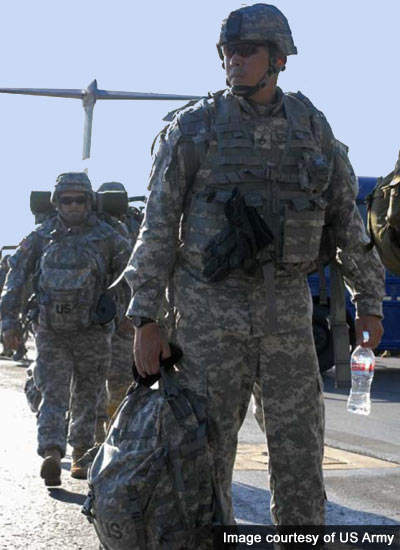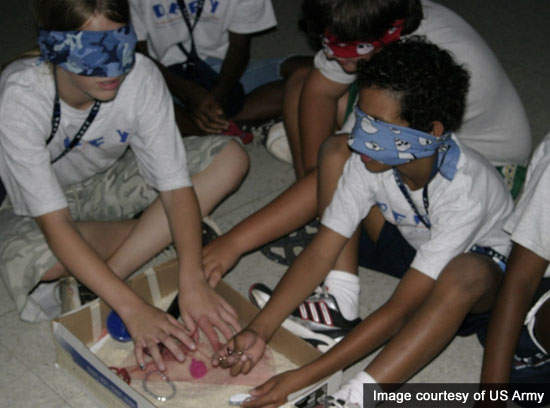The Hickam Air Force Base (HAFB) is located nine miles from Honolulu City and County, Hawaii. The base is situated between the Pearl Harbor shipyard and Honolulu International Airport. It is built over 2,850 acres (12km²) of land and is currently operated by the US Air Force (USAF).
Hickam and Pearl Harbor formally united to form the Joint Base Pearl Harbor – Hickam on 31 January 2010. The main purpose of the Hickam base is to support the Global War on Terrorism by performing strategic and operational missions.
The Pacific Air Force (PACAF), being the major command, is the operational controller of the Hickam base.
The PACAF designs, acquits and organises the offensive and defensive air operations in the Pacific and Asian theatres.
Hickam and Honolulu International Airport establishes a single airport complex by sharing Hickam’s runways as part of the shared-use agreement.
The base was used as Air Force One headquarters in December 2009 during Barack Obama’s vacation in Kailua, Hawaii.
Hickam air force base history
The HAFB was named after the aviation pioneer Lt. Col. Horace Meek Hickam. The requirement of another airfield in Hawaii for US Army Air Corps led to the development of the HAFB. The army air corps assigned the task of developing the base to the quartermaster corps. The base was constructed on the sugar cane fields located beside the Pearl Harbor.
The first troop of 12 men and four aircraft of Lt. Robert Warren shifted to Hickam in September 1937 when the Hickam base was still under construction.
The construction of Hickam base was completed on 15 September 1938. It was designed to accommodate the B-17 Flying Fortress bomber. The base suffered severe damage and aircraft losses during attack from the Japanese Navy in December 1941.
The Hickam base played a vital role in training pilots, assembling aircraft and transporting both air and ground troops during World War II. The base was principally used for carrying out operations including Operation Homecoming, Operation Babylift, Nasa’s space shuttle flights, and transferring the theatre senior military leaders throughout the world in the C-37 and C-40 aircraft.
HAFB construction
The US Army purchased a 2,200-acre site in 1935 to build America’s largest and most important base in Hawaii. The construction of this airfield was completed in 1938. It was considered to be the newest and most modern airfield at the time and could accommodate an air depot and a bombardment wing.
The airfield features a 7,048in by 800in main runway along north-east to south-west. Another three smaller runways – 4,725in by 250in, 4,025in by 250in and 4,630in by 250in – were also constructed in a triangular shape along with the main runway.
In 2008, the US government awarded a $593,645 contract to LGS Innovations to engineer, furnish and install (EF&I) hardware and software, encompassing PRI national and custom right to use (RTU) fees, to provide additional 56 DS1 trunks at Hickam.
Garrison facilities
The headquarters of the US PACAF and the Hawaii Air National Guard is located in the HAFB. The base also houses a 15th airlift wing (15 AW), and 154th wing (154 WG) along with 67 partner units.
The 15 AW comprises four groups, namely the 15th Operations Group (15 OG), the 15th Maintenance Group (15 MXG), the 15th Mission Support Group (15 MSG) and the 15th Medical Group (15 MG), each performing specific functions.
The entire airfield operations are carried out by the operations group, while the 15MXG offers maintenance of aircraft and ground equipment facilities.
The mission support group offers security, civil engineering, communications, personnel management, logistics and amenities. The 15 MG offers medical and dental care facilities.
HAFB control tower
The HAFB has a single control tower manufactured by the Hawaii Aeronautics Commission (HAC). The tower was inaugurated in May 1954 to perform military air transport service (MATS) operations. It helps the base operators to monitor and maintain continuous communication with the pilot in the aircraft.
Other Hickam base facilities
The Hickam base offers a hanger row, several buildings and support facilities. The amphibious training for the marines is provided in the Bellows Air Force Station. The Hickam base is also equipped with various air force tracking and communication stations in around 75 military sites in Oahu.
Recreational activities on the Big Island are organised through a unit at the Kilauea Military Camp.





